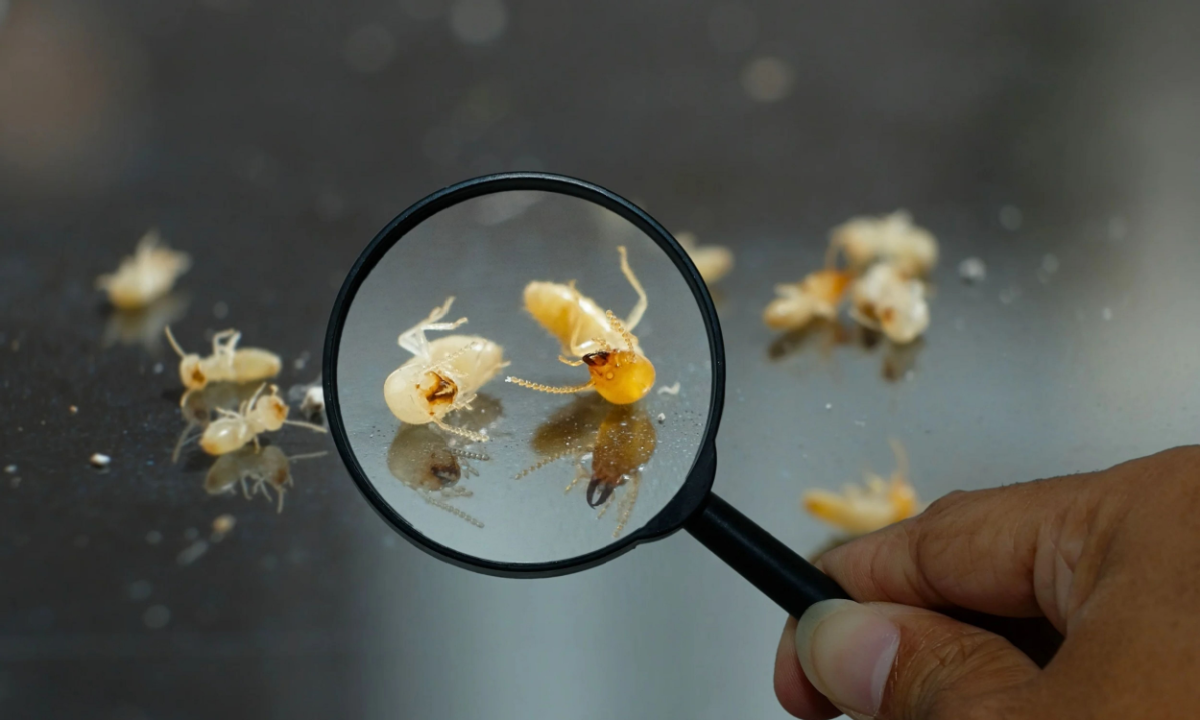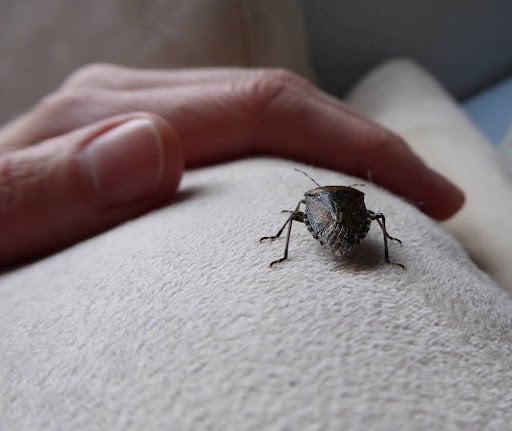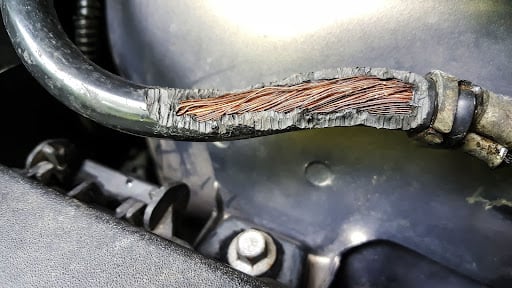
While birds are wonderful creatures, when they’re trespassing and wreaking havoc on your property, they can become a nightmare. Birds can make an unsanitary mess, are noisy, and generally make the outdoors, and even the inside of your house, an unpleasant place to be.
What’s the problem?
In most people’s minds, birds are those wonderful creatures that tweet and make the world a more pleasant place. For the most part, this is true, but in large numbers or the wrong location birds can be annoying and even dangerous.
● Unsanitary – Bird feces can carry lots of diseases. Because birds aren’t exactly house-trained, they tend to make a mess everywhere, including on the ground and above your head.
● Structural damage – To make room for nests and to find nesting materials, birds can take apart a house. Woodpeckers will use their beaks to drill holes into the walls looking for insects. Peacocks and other birds will tear out insulation looking for nesting materials and sometimes simply looking for something to eat.
● Tainted wood – Bird feces can soak into the wood of your home and make it essentially a diseased and nasty mess.
How do I know I have a problem?
If you find that there are birds in places they don’t belong, like inside your house, under your eaves or flying around in your garage, you have a problem. If there is a place where you find piles of bird feces, you need to get rid of the birds. In the case of larger birds, like geese and ducks, they will chase you, your children and your pets off of your lawn.
In the attic and around the house, if you find a large number of feathers, you probably have a lot of birds, even if you don’t see them. Listen for scratching and pecking as well as the birds search for food and nesting materials.
What’s the resolution?
The first thing to do is to figure how the birds got to where they are and what’s keeping them there. For example, if you have a pond with a lot of grasses and brush growing up around it, there are many bird species that will hive in the grass. If you have a manicured lawn, Canada geese will land there to eat, especially if there’s water nearby. If there are pigeons in your attic, there must be holes in the roof, walls or eaves to let them in.
● Plug up any holes in the building or house
● Cut grasses near ponds and creeks
● Place dog shadow statues on the lawn to scare off Canada geese or get a dog that will do it
● Make sure you don’t have termites in your house’s wood that is attracting woodpeckers
● Put wire spikes in places where birds are likely to want to nest, such as eaves, signs, and gutters
● Clean your eaves and gutters regularly
● Make sure you have siding over all of the fiberglass insulation on your home and buildings
● Purchase some humane bird traps that can help to capture the birds; be sure to have a place to release them that is far enough away to keep them from coming back
In some places you can hunt the birds, but species like Canada geese are federally protected. If you aren’t able to get the birds to go away by attempting these simple ideas, call in a professional. They will have the tools to get the birds to leave and to not come back.



